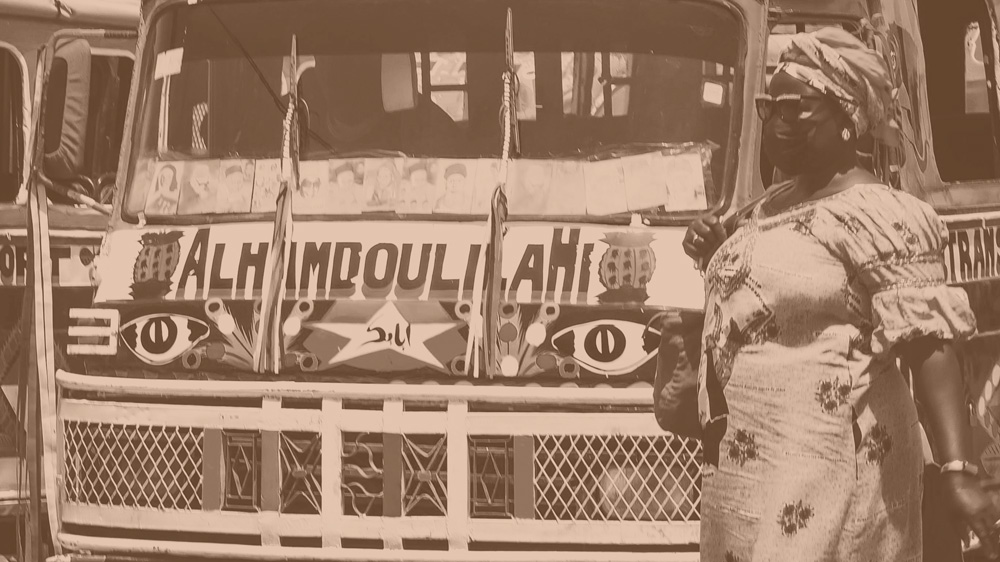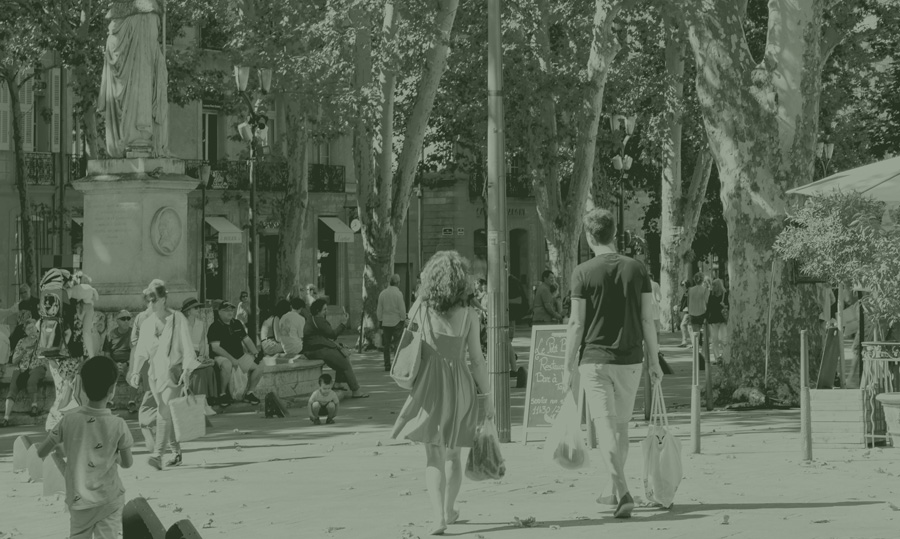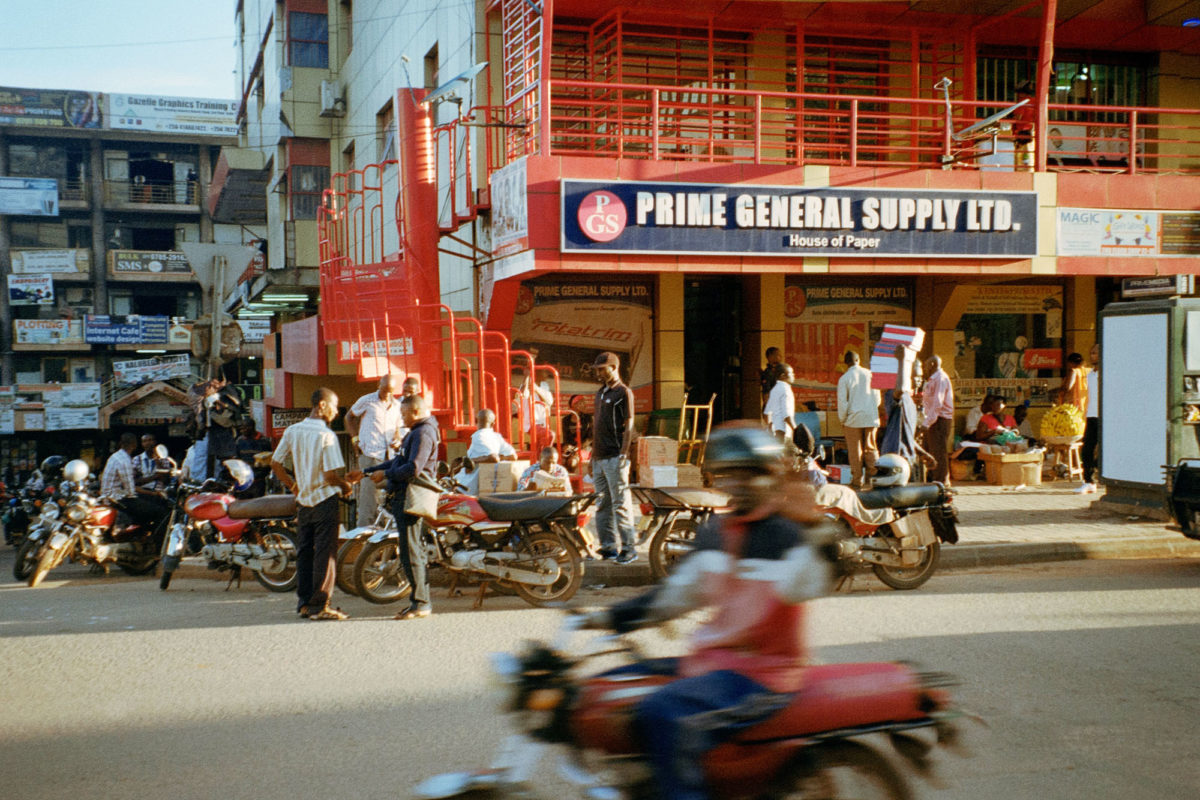Practices and challenges in informal and shared mobility in SSA – catch up with recording from 23 October
This is the recordning from the second Research Forum in VREF:s mini series – Celebrating 5 years of research results on mobility and access in SSA through the MAC program. The series takes plage in September – November 2024 and the purpose is to highlight new knowledge production and results from research projects which have


